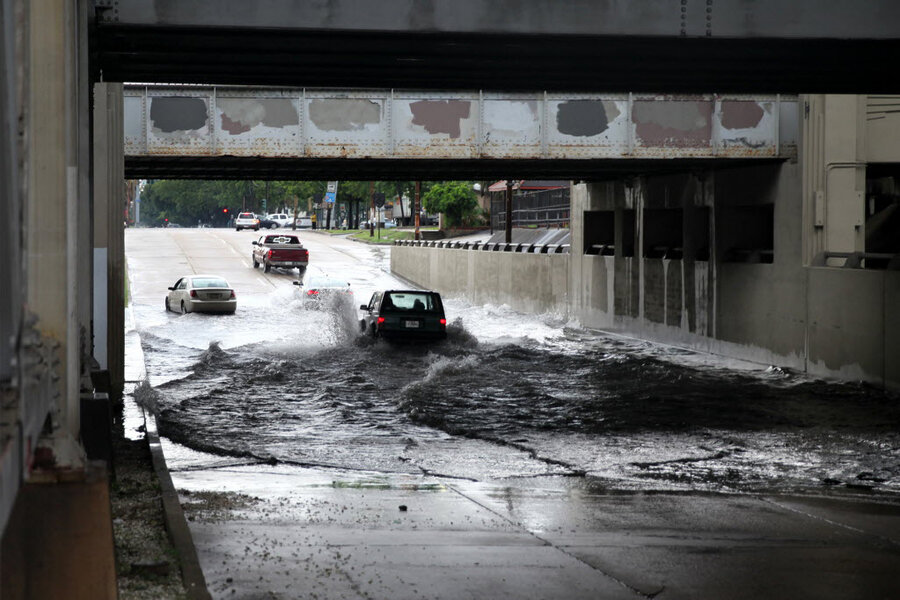Climate change trifecta exacerbates urban, coastal flooding
Loading...
The biggest cities in the United States may be at far greater risk of experiencing serious flooding in decades to come than previously believed thanks to a so-called triple threat associated with climate change.
Elevated water levels, heavy rainfall, and moderate storm surge that blocks or slows down drainage have been identified in a new study as the three main reasons behind flooding for much of the cities located in the coastal US, from New York and San Francisco to Boston and Galveston, Texas.
"Nearly 40 percent of the US population resides in coastal counties," said study lead author Thomas Wahl of the University of South Florida College of Marine Science and the University of Siegen in Germany in a statement on Monday. "Flooding can have devastating impacts for these low-lying, densely populated and heavily developed regions and have wide-ranging social, economic and environmental consequences."
Using data that reached back into the 1950s, and some data from the beginning 20th century for some sites, the researchers determined that the risk for compound flooding was higher for cities along the Atlantic and Gulf coasts than for those on the Pacific coast.
In the case of New York City, the authors determine that the increase in compound events is due to storm surge weather patterns that also favor heavy rainfall, as opposed to weather events primarily driven by heavy rainfall accompanied by storm surges.
They concluded that “the complex interplay between storm surge and precipitation can lead to, or exacerbate, the impacts of flooding in coastal zones through multiple mechanisms.”
The main idea of the study, published Monday in the journal Nature Climate Change, was to “raise awareness that those kinds of events exist” and are dangerous, Mr. Wahl told Climate Central. So far, “we have pretty much ignored them.”
Many cities have already started thinking about ways to address increased potential for flooding. In Texas, which saw devastating floods in May, cities have been curbing development around waterways and reconsidering building codes, as The Christian Science Monitor's Pete Spotts reported this spring.





